What Connection Does The Author Draw Between Jekyll And Hyde And Human Behavior
The Bizarre Truth Of Dr. Jekyll And Mr. Hyde
First published in 1886, Robert Louis Stevenson's novella Strange Case of Dr. Jekyll and Mr. Hyde is one of a scattering of literary works to transcend its era and pass into the dictionary of popular culture. Even those who've never read or seen a stage or moving picture accommodation of Stevenson'southward book are familiar with its premise and title character(s). In the century since its publication, Strange Case of Dr. Jekyll and Mr. Hyde has traversed the commonage consciousness, evolving from popular novel to horror and science fiction trope to cultural shorthand for the duality of skillful versus evil. Like Dracula and Frankenstein'south monster, Dr. Jekyll and his sinister alter ego are always-evolving, and therefore constantly relevant, archetypes that form a psychological framework on which generation after generation has hung its collective fears.
Nevertheless, similar Mary Shelley'due south monster and Bram Stoker'due south vampire, the pervasive pop conception of Stevenson's mad scientist as a trope and an archetype exists almost wholly outside of the text that spawned him. Although countless movies, comic books, cartoons, and parodies may take blunted Jekyll and Hyde's thematic edges to the point of platitude, Stevenson'south novella retains its impact as the volume that terrified and captivated audiences on both sides of the Atlantic. This is the bizarre truth of Dr. Jekyll and Mr. Hyde.
The novel was inspired past a existent-life Jekyll and Hyde
For his model of sinister duality, Stevenson looked to the life of Deacon William Brodie. A respected city councilman and carpenter, Deacon Brodie walked the streets of Edinburgh a paragon of mid-18th century virtue. A skilled craftsman, he was the head of the trade guild The Incorporation of Wrights and Masons. Making his living as a cabinetmaker and locksmith, he was a well-trusted tradesman who crafted keys and repaired locks and doors for the city's wealthy and elite.
Yet, behind Brodie'southward facade of genteel respectability lurked a craven criminal. As recounted by the BBC, Brodie's clandestine penchant for tardily-night drinking, gambling, and cockfighting in an unsavory tavern in Edinburgh's Fleshmarket Close led to his secret life as the leader of a gang of burglars. Using duplicate keys and his skills as a locksmith, Brodie and company could enter any domicile or business unfettered, leaving backside no trace of entry. Deacon Brodie'due south luck ran out when he was implicated in an audacious attempted armed robbery of Edinburgh's Excise Role. Sentenced to death, Brodie's trial lasted a mere 21 hours. He was hanged in front of a oversupply of 40,000 spectators, ironically, on a gibbet he had recently redesigned.
Stevenson, obsessed with the dichotomy inherent in human nature, found fertile dramatic basis in Brodie's sordid tale. With the assistance of his friend W.E. Henley, Stevenson wrote a play based on the diabolical deacon's life. Although that product ultimately failed, information technology sowed the seeds for Foreign Example of Dr. Jekyll and Mr. Hyde.
Much of Jekyll and Hyde came to Stevenson in dreams
From childhood, Robert Louis Stevenson had vivid nightmares. An invalid from birth suffering from a malady termed "weak lungs," later probable misdiagnosed as tuberculosis, the author of Foreign Case of Dr. Jekyll and Mr. Hyde spent much of his early years bedridden. With no physical outlet, the sickly Stevenson turned in, developing a honey of books and a rich imaginative life.
Writing of his childhood dreams in an 1888 essay, the writer explains, "He was from a child an ardent and uncomfortable dreamer. When he had a affect of fever at dark, and the room swelled and shrank, and his dress, hanging on a nail, now loomed up instant to the enormousness of a church building, and now drew away into a horror of infinite altitude and infinite littleness, the poor soul was very well aware of what must follow..." It would be this fusion of chronic illness and dreams that fueled the writing of Foreign Case of Dr. Jekyll and Mr. Hyde.
In the autumn of 1885, a feverish and heavily medicated Stevenson, suffering from a lung hemorrhage, screamed out in his slumber. Distressed by her husband'due south cries, Stevenson'south wife, Fanny, stirred the writer from his fitful slumber. As detailed in Graham Balfour's biography, The Life of Robert Louis Stevenson, the indignant writer was not at all grateful for his wife's intervention. "Why did you wake me?" a furious Stevenson asked. "I was dreaming a fine bogey tale." Apparently, he had dreamed up until Jekyll's first transformation into Mr. Hyde.
Stevenson'south wife saved Dr. Jekyll and Mr. Hyde
Robert Louis Stevenson'southward married woman, Fanny, was his most ardent supporter and, at times, his almost brutal critic. Despite her husband'southward enthusiasm for his new novella, the first draft allegedly composed in the course of three days, Fanny felt the work, conceived as a "shilling shocker" (lurid, ofttimes violent novels popular amidst the lower classes during the Victorian era), below his talents. In a letter to Stevenson's friend and occasional literary partner Westward.E. Henley discovered in 2000 (via The Guardian), Fanny decries the get-go typhoon as "a quire full of utter nonsense" and threatens to burn information technology. Fanny, herself a skilled poet and writer of curt stories, pulled no punches when it came to her husband's writing. She hated it. Information technology was, in her words, "distasteful" and devoid of thematic weight.
Stevenson, who valued Fanny's judgment as an editor to a higher place all, knew she was correct in her assessment of Jekyll and Hyde. The writer had written the novella as a simple narrative. The commencement draft of Foreign Example of Dr. Jekyll and Mr. Hyde was missing the allegorical elements that elevated it from a mere horror story to one of the greatest novels of all fourth dimension. Co-ordinate to one of the many legends surrounding the novel's composition, Stevenson, or mayhap Fanny, as the Henley letter seems to point, burned the original manuscript. With Fanny's notes and astute assessment of his work in mind, Stevenson went back to piece of work, completing a second draft of the 30,000-give-and-take story in another iii days.
The myth of Jekyll and Hyde'south swift cosmos
Much of the creation of Strange Case of Dr. Jekyll and Mr. Hyde is shrouded in hyperbole, myth-making, and unverifiable conjecture on the part of literary critics and scholars. The most persistent story is that of Jekyll and Hyde'due south preternaturally rapid composition. The ordinarily held conventionalities is that the full fourth dimension of limerick for both the lost initial draft and the final version was a mere half-dozen days is, at best, questionable. What nosotros can be certain of is that information technology was written and revised very rapidly, but more likely on the gild of six weeks.
The three-day time frame would seem to come wholly from the recollection of Stevenson's son, Lloyd Osbourne, who, equally quoted past Sir Graham Balfour inThe Life of Robert Louis Stevenson, wrote, "I don't believe that there was e'er such a literary feat before every bit the writing of Dr Jekyll. I recollect the first reading as though it were yesterday. Louis came downstairs in a fever; read nearly half the book aloud; and then, while we were withal gasping, he was abroad again, and busy writing. I dubiousness if the first typhoon took so long as three days." Balfour, even so, amends the three days per draft narrative, writing, "Of course, it must not be supposed that these three days correspond all the time that Stevenson spent upon the story, for later on this he was working hard for a month or six weeks in bringing it into its nowadays form."
The misunderstood relationship between Jekyll and Hyde
The almost misunderstood attribute of Strange Example of Dr. Jekyll and Mr. Hyde is the dynamic between Jekyll and his monstrous alter ego. A century of pop culture reinterpretation onstage and in movie has cast Jekyll and Hyde as two completely distinct personalities — one representing absolute virtue and expert, the other abject depravity and evil. This popular and unshakable simplification is in disharmonize with Stevenson'due south intent.
As explained by Steven Padnick of TOR, in that location is no Mr. Hyde. While innumerable adaptations across a variety of media would have us believe that Dr. Jekyll's creation of Hyde is a consequence of disrupting the natural order, a terrible blow as it were, Hyde is, in fact, Jekyll's intended upshot. Dr. Henry Jekyll is no squeaky-clean retainer of science bent on eradicating evil from the human being condition. He'south an crumbling and highly repressed man of the Victorian upper grade desperate to indulge his prurient desires gratuitous of guilt and outcome. In effect, Edward Hyde is a chemically induced disguise.
As fabricated clear in the text, Jekyll remains the dominant personality, always thinking of himself every bit Jekyll fifty-fifty while in the guise of Hyde. The doc recalls his deportment every bit Hyde using the pronoun "I," not "he," despite his claim that the diminutive, apelike brute is a dissever entity with motivations all his own. Most tellingly, the novel's final chapter, titled "Henry Jekyll'south Total Statement of the Case," is written by Jekyll while inhabiting the form of Hyde.
Jekyll and Hyde is a criticism of Victorian guild
Robert Louis Stevenson's themes of duality and hidden self are not limited to the private in Strange Case of Dr. Jekyll and Mr. Hyde. The text also functions equally a pointed critique of Victorian class roles and morality. Through a conscious doubling of characters, settings, and themes, Stevenson expertly exploits upper-class Victorian anxieties to drive his plot.
The London of Jekyll and Hyde is a metropolis divided by grade, in effect fractured forth the same line as the Jekyll/Hyde persona. Henry Jekyll's London is a bastion of intellectualism, education, and wealth. Edward Hyde, withal, is undoubtedly a citizen of the Soho district, which is marked by poverty, filth, and criminal offence. As described by The Academy of Oxford's Great Writers Inspire website, Soho is "a slum expanse of the city that symbolises an atavistic playground, where immoral behaviour is expected and therefore much less noticeable." Never losing sight of the fact that Jekyll is Hyde, Stevenson skillfully smashes Victorian social fears, revealing that crime, corruption, and depravity likewise exist among the elite.
Stevenson's overarching critique of Victorian society lies in the writer's assertion that Victorian morality, marked by a suppression of natural human impulses and the hiding away of the undesirable, was utterly destructive to both the individual and social club.
A Freudian nightmare
As interpreted by Victorian audiences, Strange Instance of Dr. Jekyll and Mr. Hyde was a alert against the dangers of the libido unleashed, and this reading immediately influenced subsequent dramatic adaptations of the book. Although Stevenson leaves the specifics of Henry Jekyll and Edward Hyde's vices largely to the reader'southward imagination, the writer balked at the sexual interpretation assigned to his work. In a private letter Stevenson wrote to New York Sun editor John Paul Bocock in 1887 regarding a pop stage adaptation of his book, the author stated, "[Hyde was] not, Corking Gods! a mere voluptuary. There is no harm in voluptuaries; and none, with my hand on my centre and in the sight of God, none — no damage whatsoever in what prurient fools call 'immorality.' [...] people are so filled full of folly and inverted lust, that they think of nothing just sexuality."
Still, Stevenson'south narrative continues to lend itself to a number of psychosexual readings, ranging from the broad estimation as a statement on sexual repression in general to the more than narrow analysis of the novel's subtext of duality every bit a gay metaphor. Regardless of estimation, the novel'south anticipation of Freudian psychology is undeniable, with the concepts of id, ego, and superego clearly illustrated by the Jekyll/Hyde schism.
Y'all've probably been mispronouncing "Jekyll"
If your pronunciation of "Jekyll" rhymes with "speckle," you're one of the millions of people who have been saying the proper noun of i literature'due south near iconic characters incorrectly. As explained by Daniel Evers of the University of Bristol on the website Interesting Literature, the proper pronunciation of the Scottish surname is "JEE-kul."
Stevenson borrowed the name from his adept friend, famed British horticulturist Gertrude Jekyll. Normally held conjecture states the Scottish author's pick of the surname "Jekyll," rhyming with "seek all" is a clever scrap of wordplay intended to complement the proper noun "Hyde," literally meaning "hide and seek."
In all likelihood, we accept Hollywood, and specifically, American thespian Spencer Tracy, to thank for the common mispronunciation. Tracy, who starred as Jekyll and Hyde in the popular 1941 MGM film adaptation directed by Victor Fleming, used the "Jeck-ul" pronunciation, and information technology stuck. Ironically, Fleming's pic is a straight remake of Rouben Mamoulian's 1931 adaptation starring Fredric March in the title office(s). March uses Stevenson'southward preferred pronunciation of Jekyll throughout that pic.
An eerie connexion to Jack the Ripper
In the late summer and autumn of 1888, London's Whitechapel district was gripped by a series of vicious murders. The killer, dubbed Jack the Ripper, struck without alarm or motive, leaving few clues in his bloody wake. Never definitely identified (theories of the Ripper's true identity obsess true crime buffs into the 21st century), Jack the Ripper seemed real-life Jekyll and Hyde, a comparing not lost on Victorian Londoners. Every bit recounted in an article posted past the website of The British Library, the gimmicky press often referred to the seemingly invisible killer equally "Mr. Hyde."
In August 1888, the month of the showtime Ripper killing, Richard Mansfield took to the London stage in The Strange Case of Dr. Jekyll and Mr. Hyde. The play was an instant hit, with audiences and critics peculiarly praising Mansfield's performance as Edward Hyde. Distorting his features through stage lighting, the actor made his terrifying change in plain view of the audience. So complete was Mansfield's transformation into the play's diabolical villain that rumors swirled amidst theatergoers. On October v, 1888, per The Vintage News, Scotland Yard received a letter claiming that Manfield was indeed Jack the Ripper. The actor, nonetheless, was never charged in the crimes. Mansfield, who died in 1907, went on to even greater success equally an actor, somewhen playing Jekyll/Hide on Broadway. His obituary in The New York Times declared him "the greatest actor of his 60 minutes, and ane of the greatest of all time."
Jekyll and Hyde on motion-picture show
From stage plays to comic books, Strange Case of Dr. Jekyll and Mr. Hyde is one of the nigh adapted works of literature in history. Cinema has had a special fascination with Stevenson's tale, dating to the inception of the medium. According to the Robert Louis Stevenson Archive, in the silent era, 23 versions were produced before 1925, with a total of vi made in 1920 alone.
Of the silent adaptations, the best is without a dubiousness John S. Robertson's Dr. Jekyll and Mr. Hyde. Released in 1920, the film stars John Barrymore (pictured above) in 1 of the horror genre's defining performances in the dual part. F.Due west. Murnau, best remembered for 1922's Nosferatu, likewise adjusted the novel for film in 1920. Titled Der Januskopf (The Head of Janus) Murnau'southward expressionist adaptation starring The Cabinet of Dr. Caligari'southward Conrad Veidt retains Stevenson's plot but changes the characters' names. Arguably the greatest Jekyll and Hyde film is MGM's definitive 1931 version from filmmaker Rouben Mamoulian. Starring Fredric March, Mamoulian'due south moving-picture show is especially memorable for its grotesque interpretation of Hyde realized through the artistry of makeup pioneer Wally Westmore.
In the last vi decades, Jekyll and Hyde has been subject area to cinematic treatment ranging from the serious to the only plain weird, including a Blaxploitation version (Dr. Black, Mr. Hyde from 1976) and a dreadful 1982 parody that casts Hyde as a sex-crazed party animal (Jekyll and Hyde... Together Over again) which, appropriately enough, ends with Robert Louis Stevenson rolling over in his grave.
Jekyll and Hyde inspired a Marvel superhero
In the early 1960s, comic book legend Stan Lee, riding high on the surprise success of Fantastic Four, was growing weary of formulaic superheroes. Turning to his love of archetype literature for inspiration, Lee would again revolutionize comics with his next creation. In a 2022 Rolling Stone interview, Lee elaborated on the genesis of one of Marvel's most enduring characters:
"I was getting tired of the normal superheroes and I was talking to my publisher. [...] I said, 'How about a good monster?' [...] I remembered Jekyll and Hyde, and the Frankenstein film with Boris Karloff and it always seemed to me that the monster was really the good guy; he didn't want to injure anybody, [...] And so why not get a guy who looks like a monster and really doesn't want to crusade any harm?" Fusing the tortured duality of Dr. Jekyll and Mr. Hyde with the pathos of Karloff's cinematic monster, the Hulk was another blast for Marvel.
Dr. Jekyll and Mr. Hyde was an early victim of media piracy
Foreign Instance of Dr. Jekyll and Mr. Hyde was a commercial and critical success and would go on to be Robert Louis Stevenson'southward most famous volume, easily eclipsing his popular pirate tale Treasure Island. It was met with nearly universal acclaim in the contemporary press, and The Times of London praised it equally Stevenson's best work, enthusiastically stating that "every connoisseur who reads the story must certainly read information technology twice."
Spurred on by the positive notices, sales figures for Dr. Jekyll and Mr. Hyde were astonishing for its fourth dimension. Selling 40,000 copies in England during its beginning 6 months of publication, it was just every bit successful beyond the Atlantic. According to Stevenson's biographer Graham Balfour, by 1901, over a quarter of a million copies were in circulation in Northward America. Notwithstanding, those sales did not necessarily translate into profits for the author. In a foreshadowing of the modern problem of media piracy, unauthorized editions were widely sold in the United States.
Source: https://www.grunge.com/230634/the-bizarre-truth-of-dr-jekyll-and-mr-hyde/
Posted by: gonzaleztheast.blogspot.com

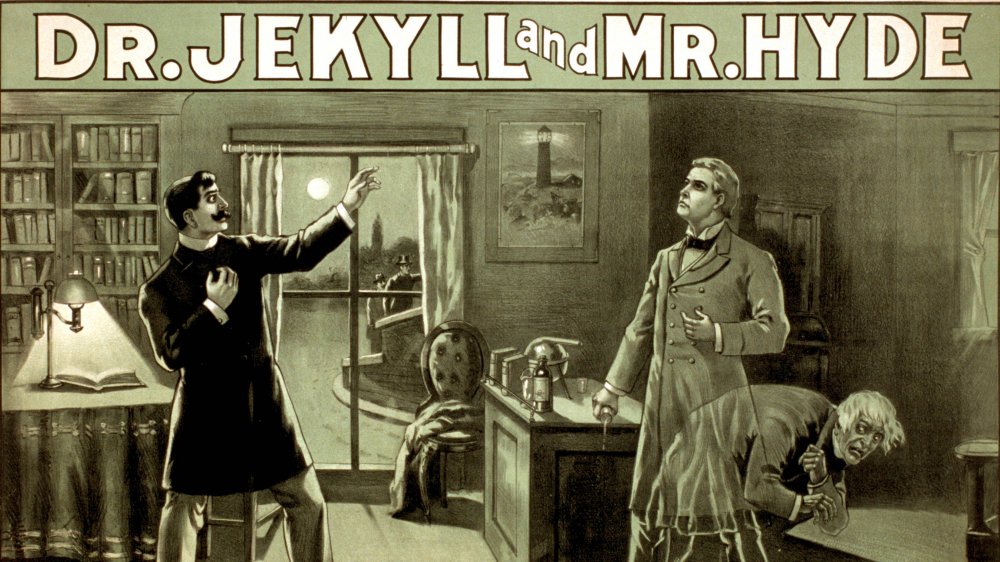
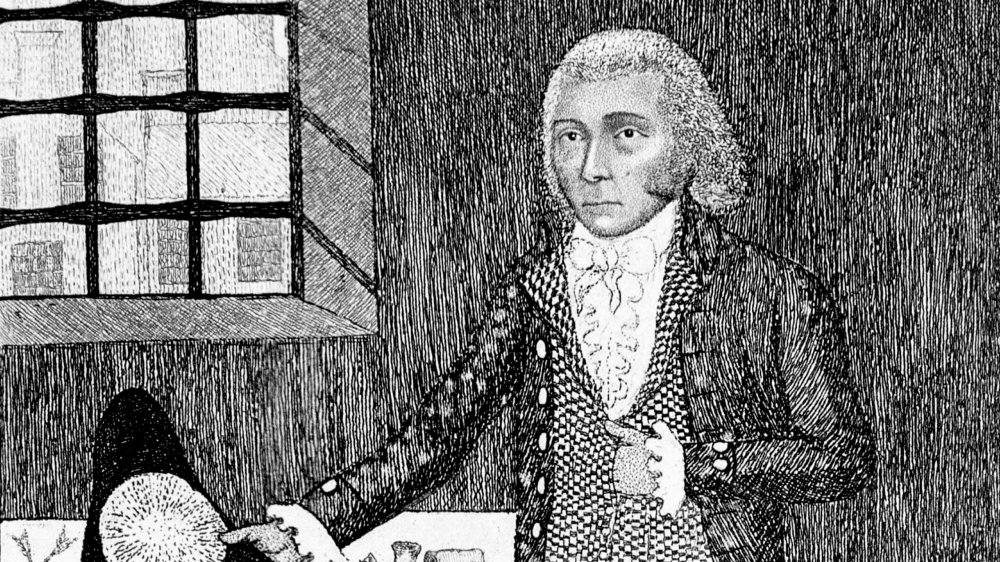
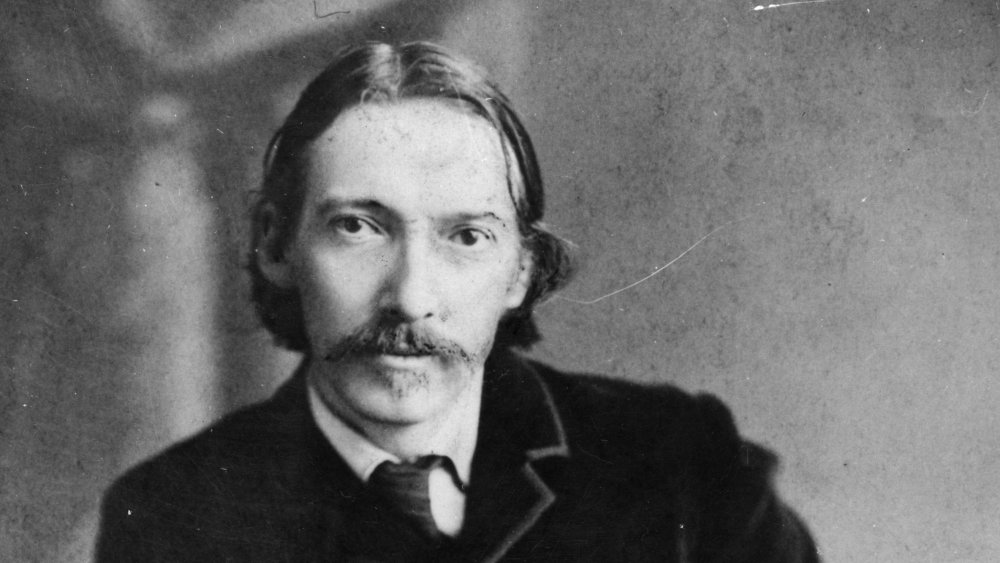
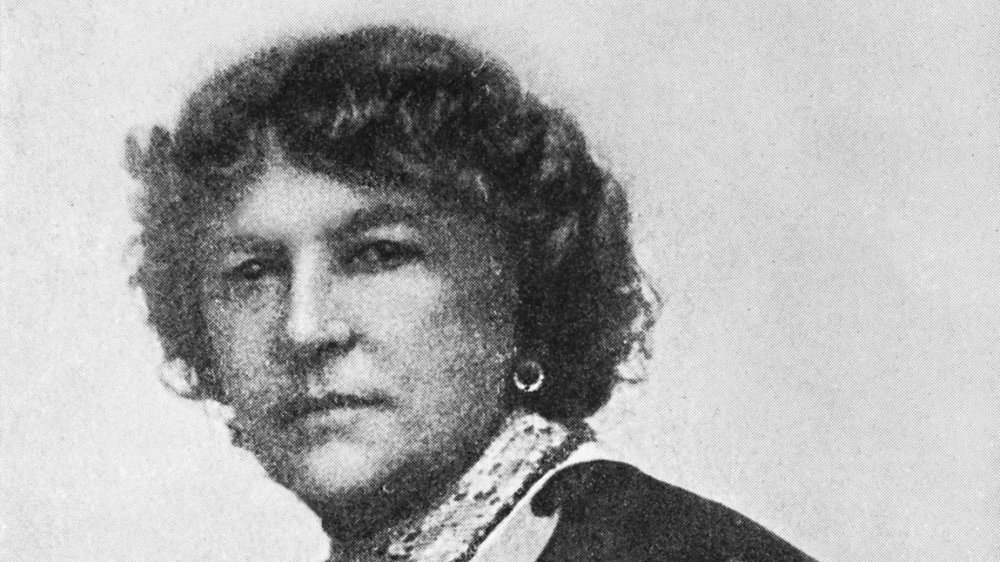
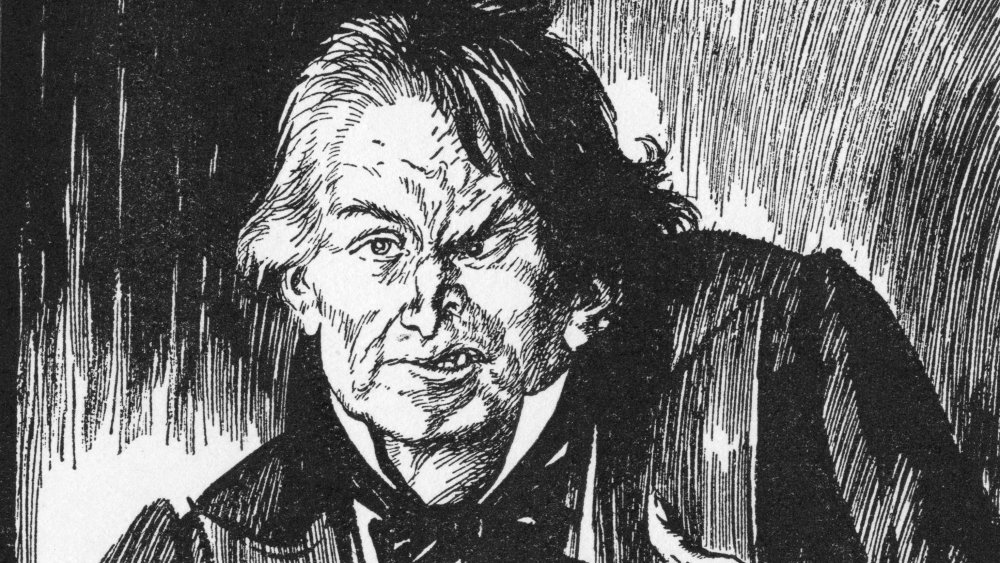
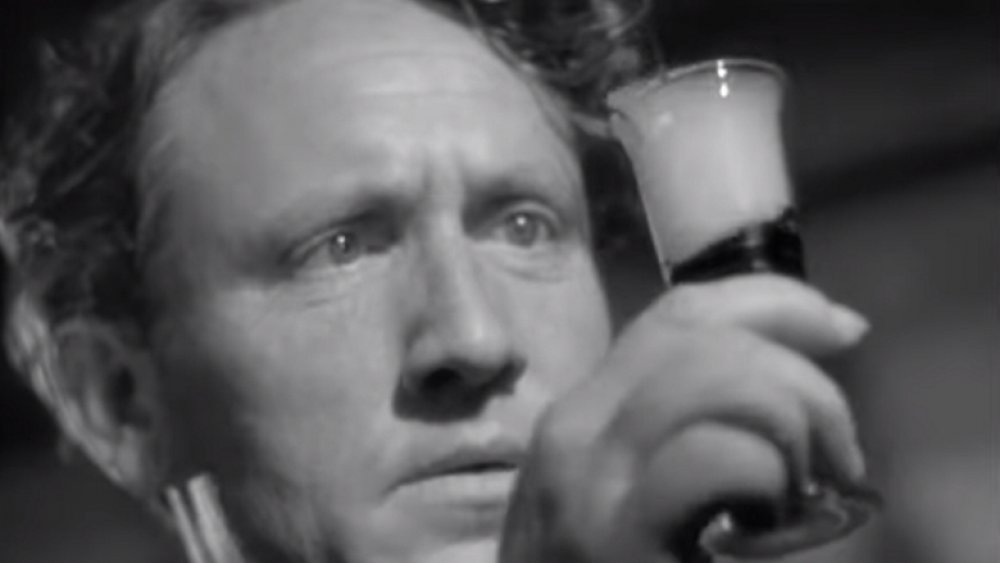
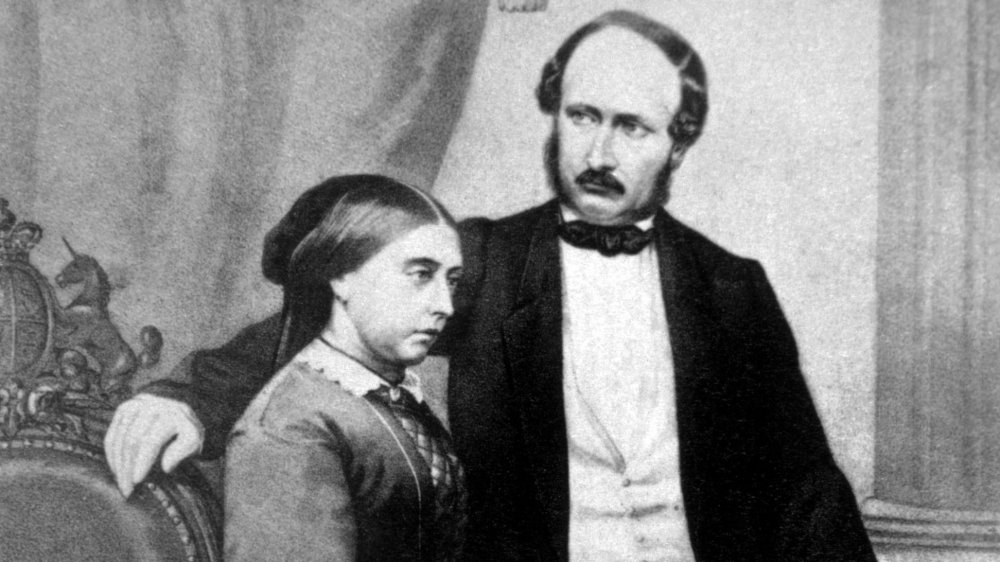
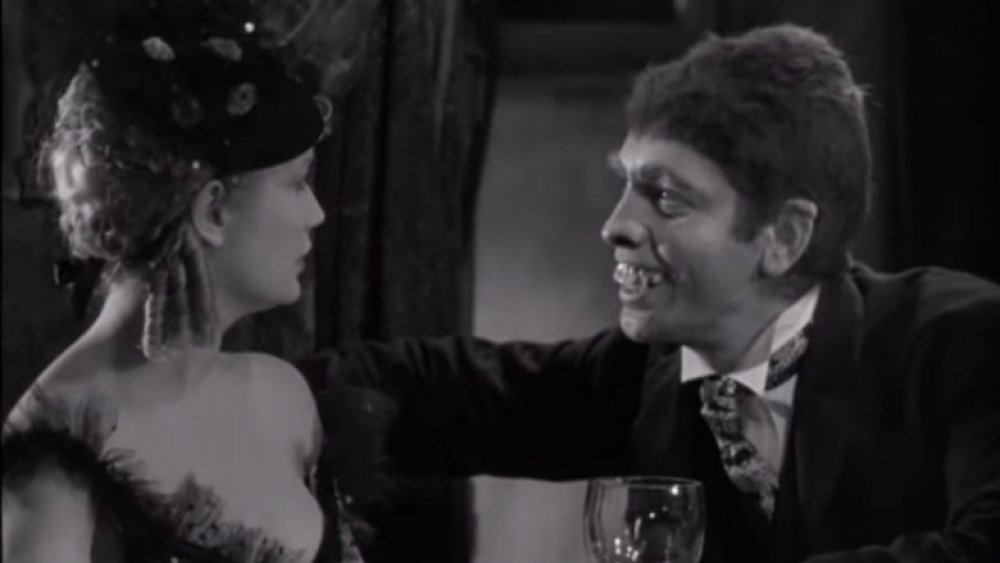
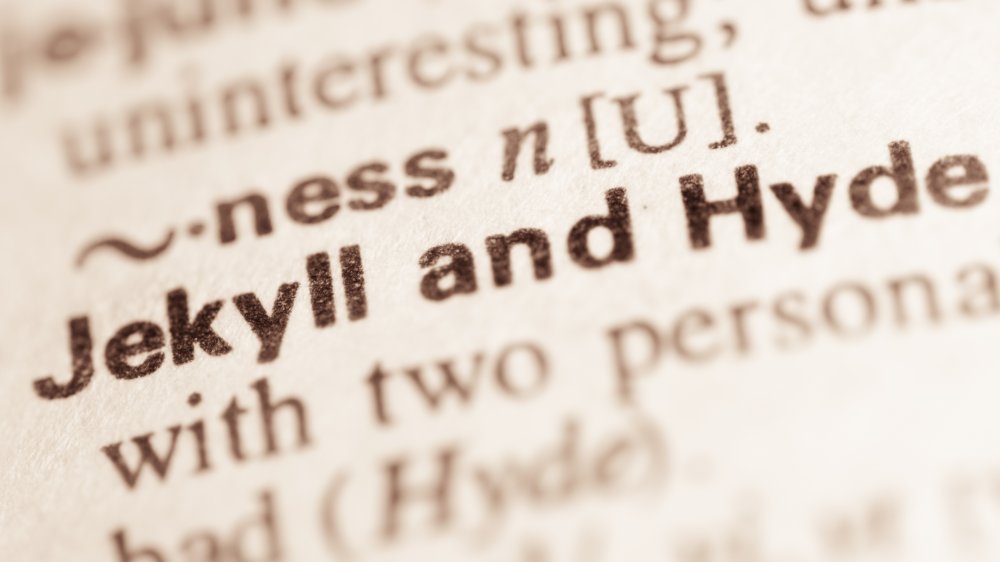
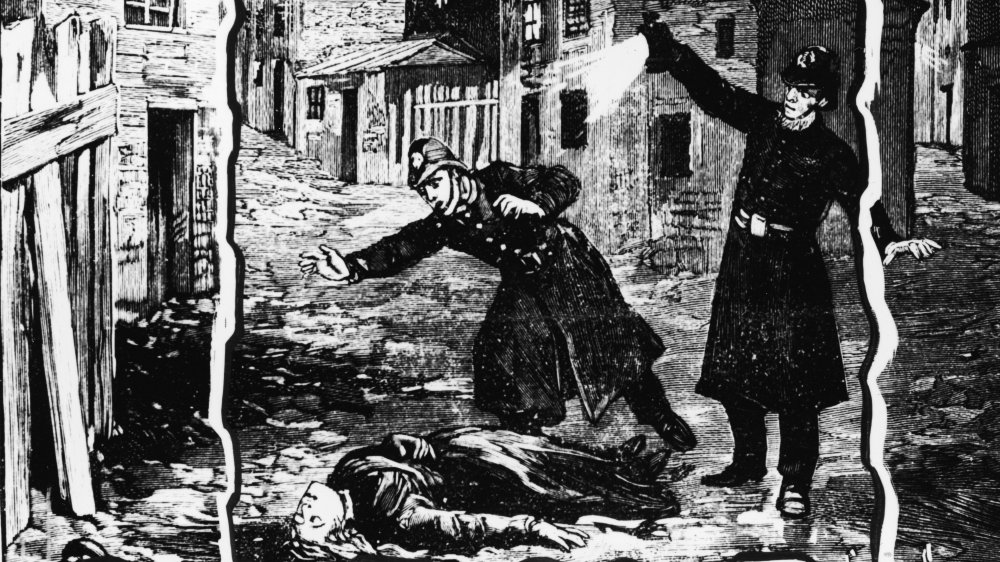
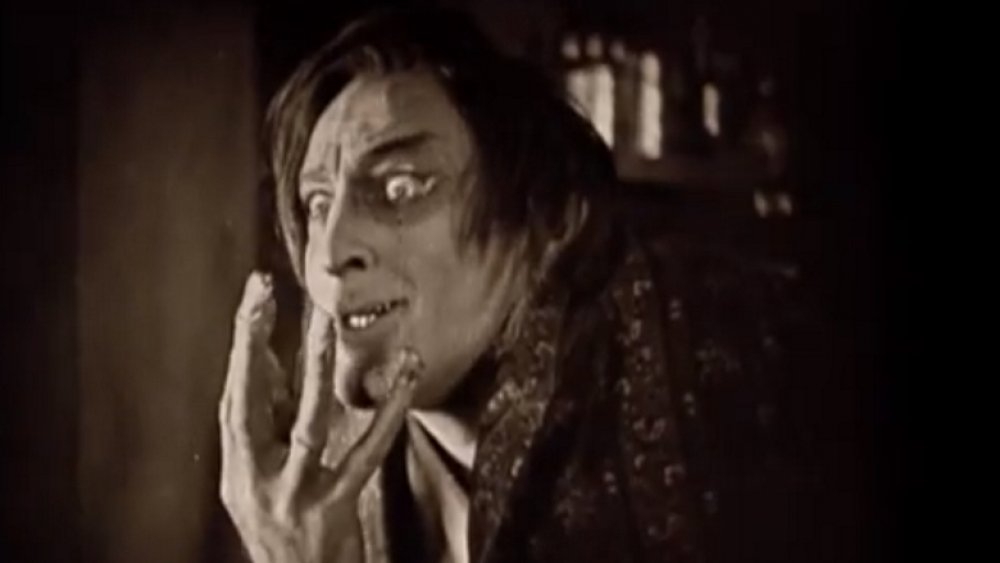
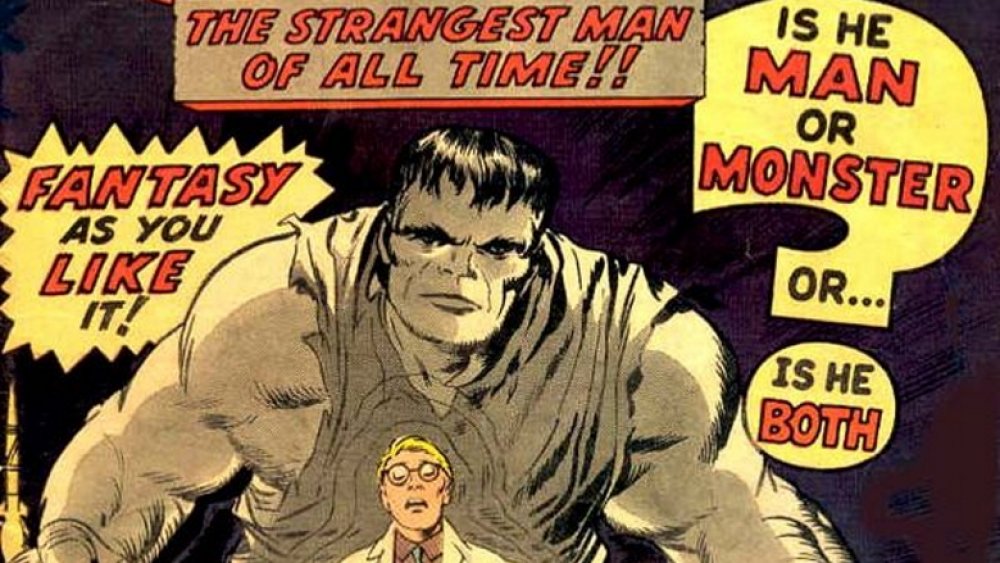
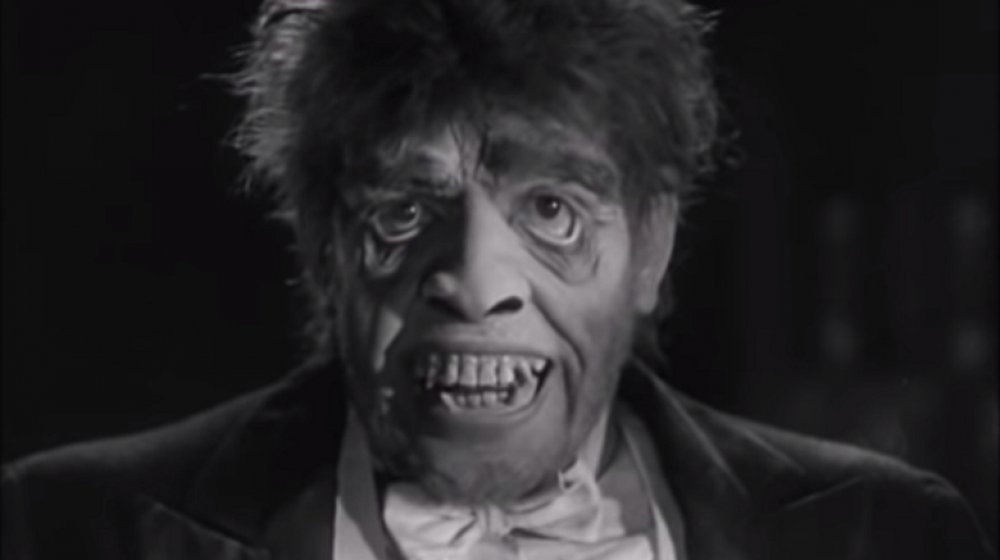

0 Response to "What Connection Does The Author Draw Between Jekyll And Hyde And Human Behavior"
Post a Comment